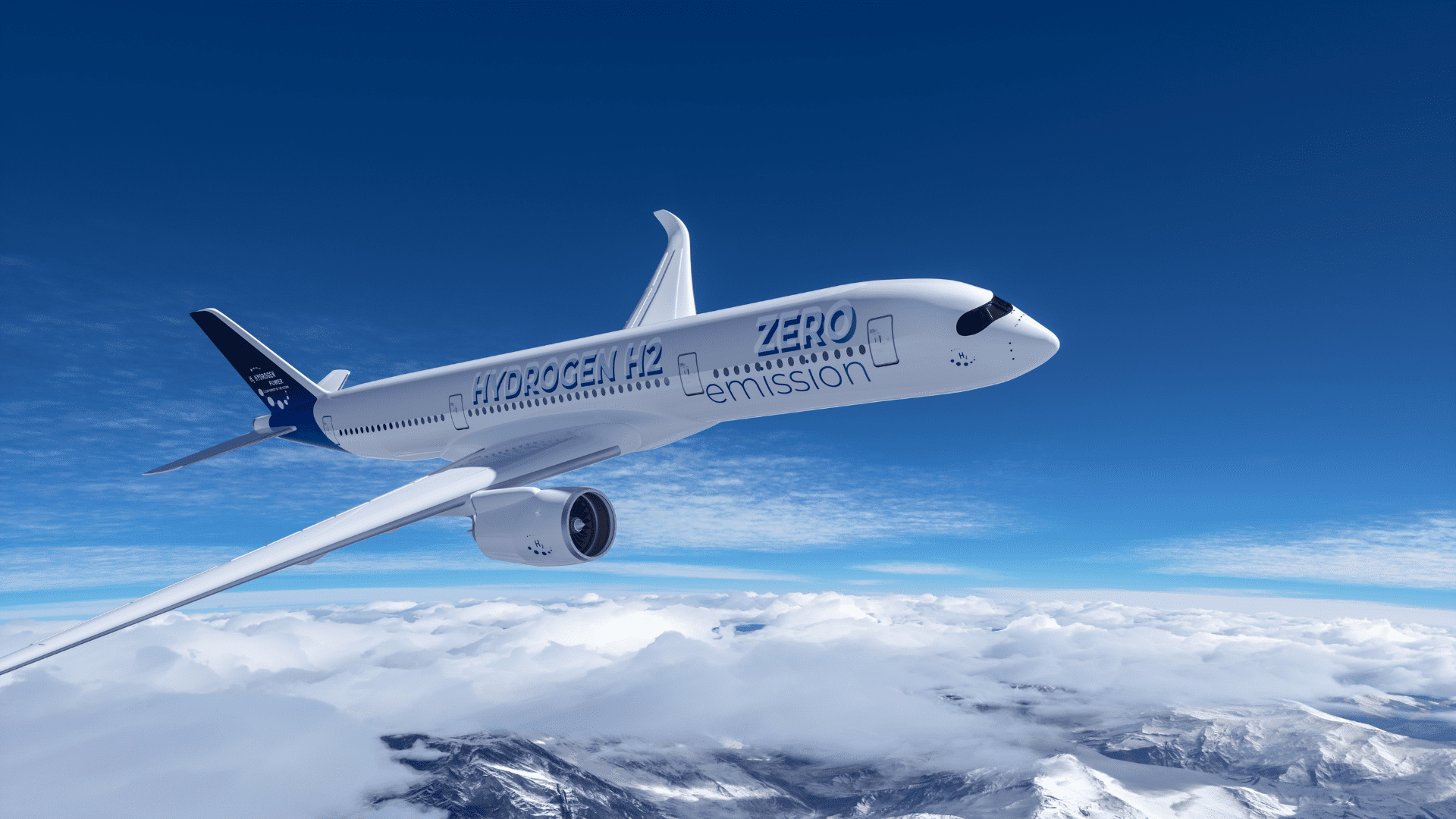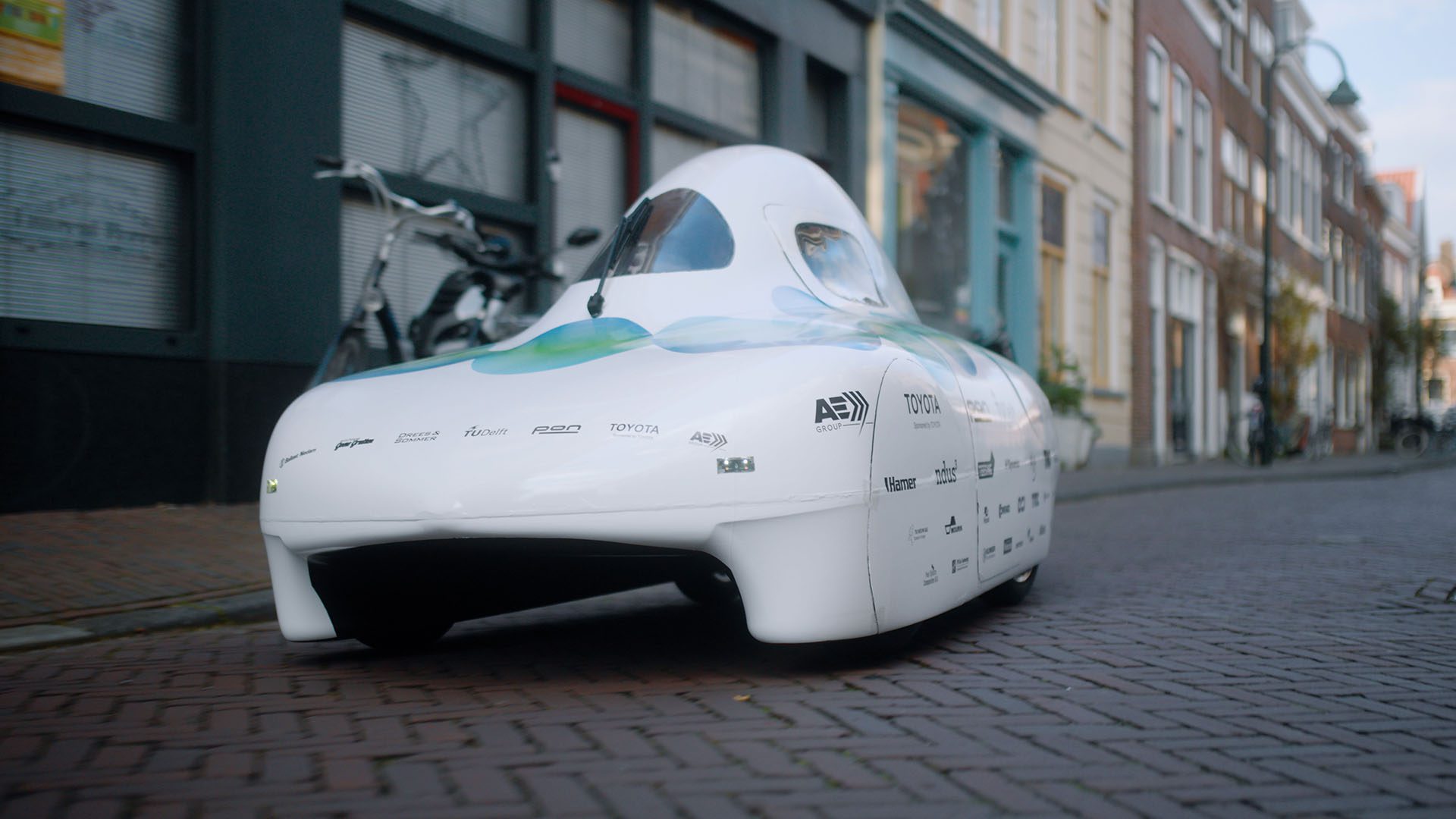The Japanese government revealed a plan to invest over $30 billion to develop a regional aircraft powered by clean energy such as hydrogen. Japan’s government plans to partner with the private sector to jointly invest ¥5 trillion ($33 billion) over 10 years. They want to put that money toward a narrow-bodied aircraft that can take to the skies by 2035. Officials tell French news outlet AFP that all technologies are on the table.
The Power of Hydrogen
An official with the Ministry of Economy, Trade and Industry (METI) said, “Nothing concrete has been decided yet, but possibilities include hybrid electrics, hydrogen combustion, hydrogen fuel cell.” Hydrogen appears to be the center of discussion. METI officials say Japan wants to build a next-generation aircraft with technologies that reduce carbon emissions in the air.

After meeting with industry experts the Fren news outlet AFP reports the METI official set a completion date by 2035. Over the next decade, there will be a significant amount of investment to achieve this goal. Over those 10 years, Japan will contribute 5 trillion Yen (33 billion dollars). This money is for research and development of the proposed passenger plane.
The country wants to establish itself as a global leader in passenger aircraft production, a position that they haven’t held in over a century. State minister for METI Kazuchika Iwata said, “For the Japanese aircraft industry to achieve sustainable growth, we cannot stay satisfied with our position as a parts supplier.” Taking the lead in carbon-neutral technologies like hydrogen power could be a key for Japan. Doing this could secure the country a prominent position with other global powerhouses.
Explore Tomorrow's World from your inbox
Get the latest science, technology, and sustainability content delivered to your inbox.
I understand that by providing my email address, I agree to receive emails from Tomorrow's World Today. I understand that I may opt out of receiving such communications at any time.
A Complex Future

Because of hydrogen’s lack of carbon emissions, the fuel is a promising alternative. This aligns with Japan’s 2050 net-zero pledge. However, critics question the feasibility of “green” hydrogen because of the lack of a renewable supply chain source.
While there are complicating obstacles, a low-carbon aircraft has a lot of potential. Having a sustainable way of travel can contribute to carbon-reducing efforts. Doing so could give Japan a major boost in the industry and help it reach its goal as an industry leader. However, as more efforts to slow down CO2 emissions are presented, more countries may follow their lead.
This is a big step forward in the air but on the ground, there is promise in a hydrogen-powered train that Switzerland is testing.







